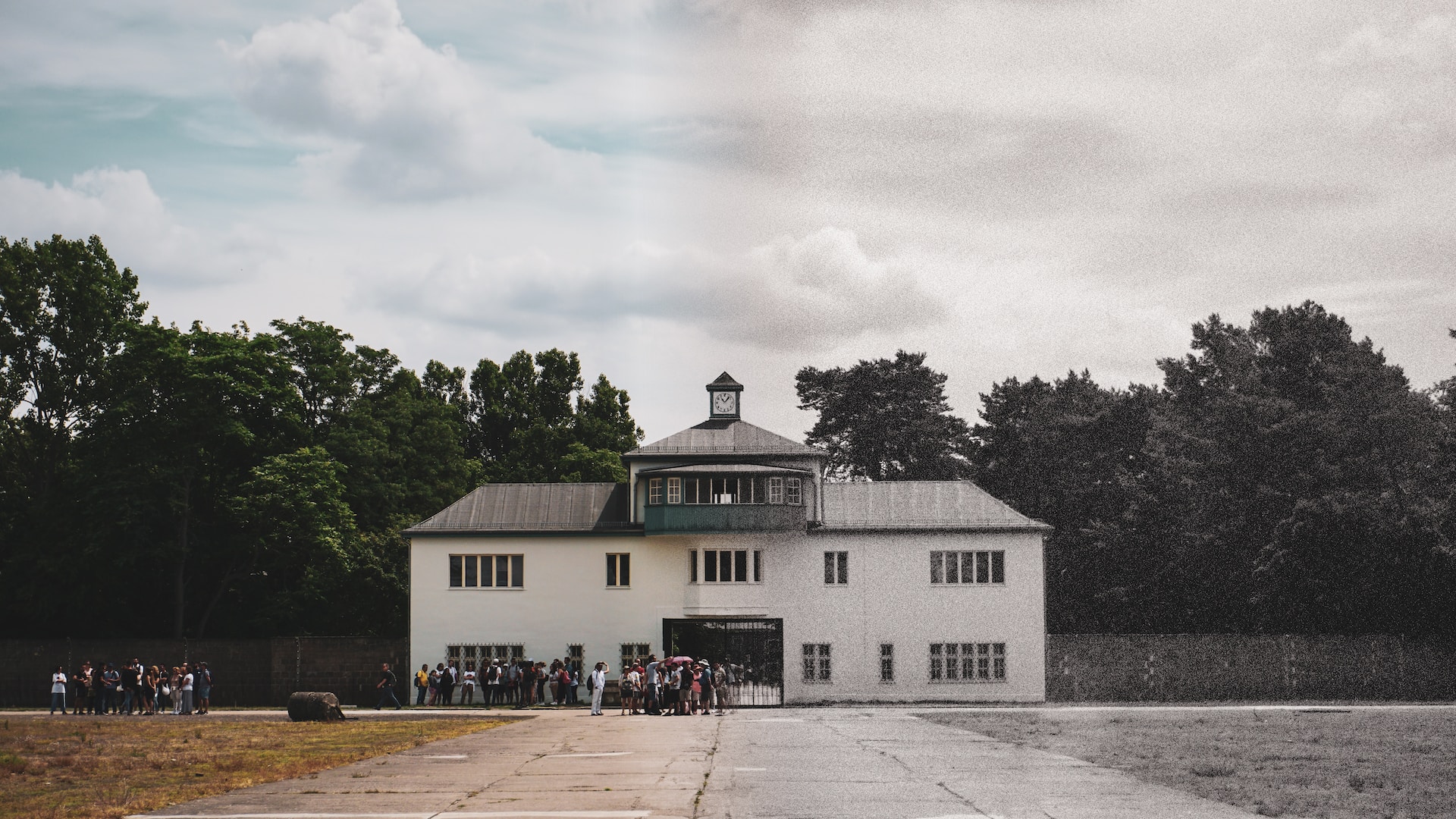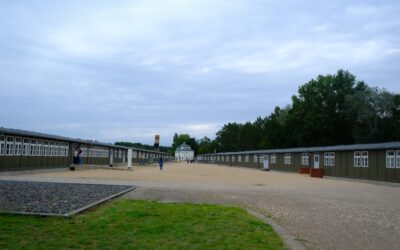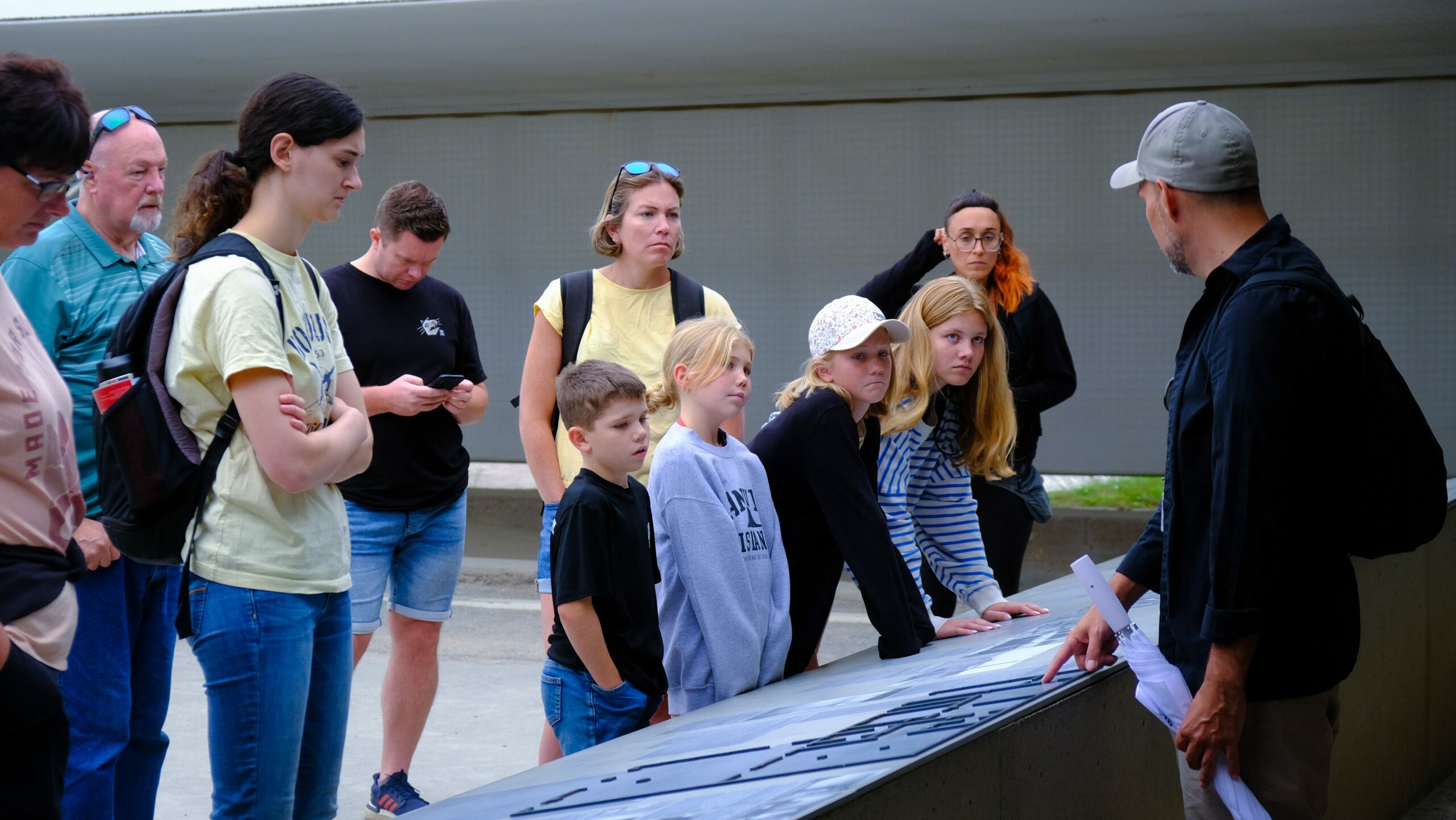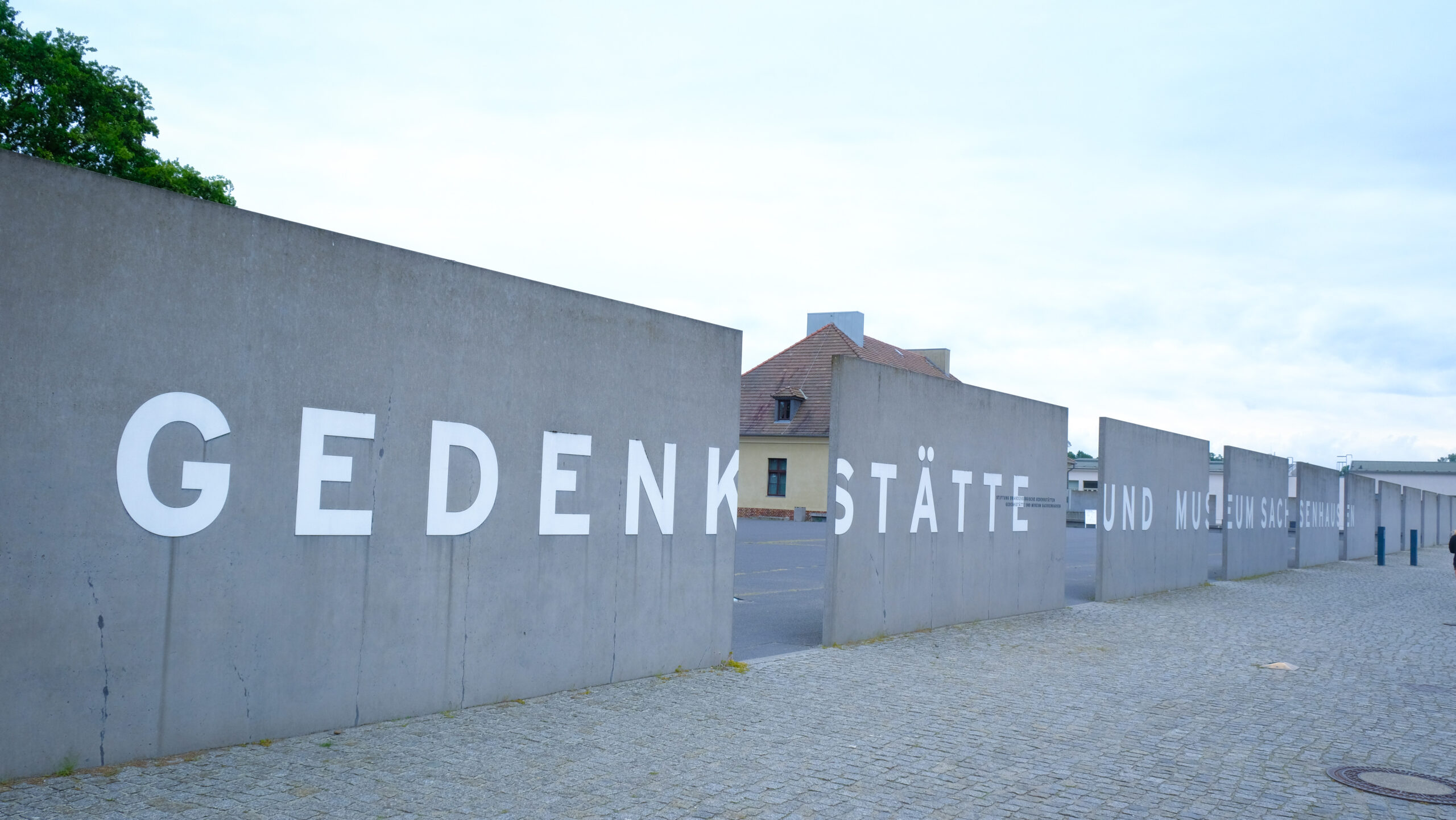Sachsenhausen or also known as Camp Oranienburg which is situated in Oranienburg, Germany is one of the popular concentration camps established during the World War 2. This blog post will endeavor to give you a detailed overview of Camp Sachsenhausen with details from history, construction, life inside the camp, and liberation.
1. Construction and Purpose
The Nazi’s established camp Sachsenhausen in out 1936, first it was used as an example camp for other concentration camps to mimic. Located close to Berlin, it provided a convenient place of transit of prisoners from the city through motorized Convoys.
The intention of the camp that was constructed was to hostages or prisoners of political nature especially those who would be considered a threat to the Nazis. It was also applied for training the SS, the paramilitary organization that provided the camp with management.
2. Life in Camp Sachsenhausen
2.1 Prisoner Classifications
When prisoners arrived they were sorted according to the so called ‘security risk’ as seen by the Nazis. Such categories included political prisoners, Jews, homosexuals, Jehovah’s Witnesses and other untouchables.
2.2 Living Conditions
Hygiene conditions as well as the general lifestyle in the Camp Sachsenhausen were very bad and inhuman. Imprisoned people were provided with cramped spaces for accommodation, little food, and mostly unhygienic living conditions. They received physical and psychological attacks from the SS guards.
2.3 Forced Labor
Work was compulsory, and prisoner’s conditions were extremely harsh. Some of them were working in factories of the camp, which were engaged in the production of military products and construction materials. Others were forced to work in other brickmaking industries or other firms owned by the SS.
3. The Holocaust and Camp Sachsenhausen
Towards the war’s end however, Camp Sachsenhausen and indeed all of the concentration camps became involved in the prosecuted genocide of the Jews by the Hitler’s regime. An additional gas chamber was installed in 1942 and Gypsy, Dutch, and Polish Jews were killed followed by mass killings of other prisoners.
4. Liberation and Legacy
Sachsenhausen concentration camp was liberated by the Soviet forces on the 22April 1945. By the time of it’s capture an estimated 200000 people had starved or been killed in the camp.
Now the Sachsenhausen Memorial and Museum remembers the events that took place at the territory of the camp. It remains a shrine to the victims but also plays an informational and exhibition role explaining the Holocaust and the Nazi party.
Book noting that it is possible to arrange a visit to the camp and see such things as the roll-call area, the barracks and the remains of the gas chamber.
Conclusion
Sachsenhausen is a symbol of the Nazi concentration camp at the height of World War II. It therefore requires one to understand and work hard in making sure that he/ she avoids a repetition of the genocides by;
If you get the chance, going to the Sachsenhausen Memorial and museum is an eye opener to the holocaust and the extremities of torture the individuals detained there had to go through.




